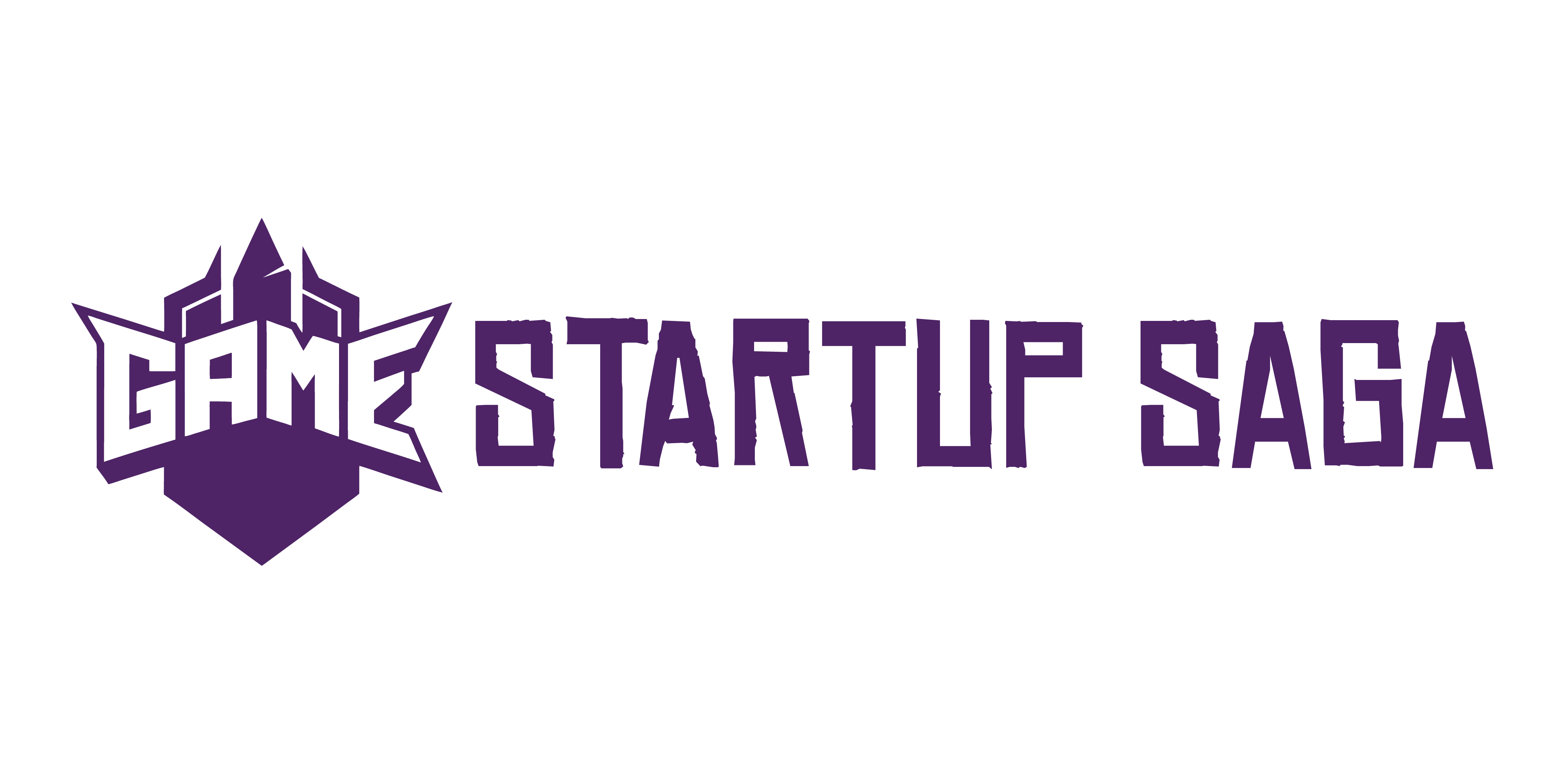Major Studio Announcements
2024 opened with a blitz of announcements that show the industry isn’t slowing down—it’s sharpening. Major publishers kicked things off with high-stakes reveals: Bethesda teased its long-awaited Starfield DLC drop with a stripped-down cinematic that still managed to break trending lists. Ubisoft confirmed a new entry in the Splinter Cell series after years of radio silence, betting big on nostalgia wrapped in modern stealth mechanics. Meanwhile, Rockstar’s cryptic teaser campaign for Grand Theft Auto VI continues to dangle details, stoking anticipation across every platform.
On the business side, big moves are reshaping the power grid. EA acquired an indie darling, Moonrift Studios, known for their award-winning pixel-fantasy RPGs. Microsoft finalized the restructuring of Activision Blizzard post-acquisition, laying out a new, flatter management model aimed at speeding up development and avoiding another Overwatch-style content drought.
These moves—the big releases, the mergers, the reorgs—all signal one thing: studios are tightening focus. 2024 isn’t about flooding the market; it’s about consolidating talent, refining IPs, and backing fewer games with deeper investment. For fans and creators alike, that means expectations are rising. The bar is set higher, but the payoff, when it lands, could be massive.
Indie Spotlight: Who’s Making Waves
Smaller studios are no longer background noise—they’re leading some of the most creative conversations in gaming right now. Titles like “Hollow Earth Protocol” and “Last Reverie” came seemingly out of nowhere and are now dominating Steam wishlists and indie showcases. What do they have in common? Specificity. Distinct art direction, inventive mechanics, and storytelling that doesn’t feel factory-made. These teams aren’t chasing trends—they’re building their own lanes.
Gameplay is getting weirder and more personal—in a good way. We’re seeing puzzle-platformers that adapt to your play style, 2D adventures where the narrator argues with the player, and RPGs shaped entirely by real-world weather APIs. It’s not gimmickry. It’s risk and innovation, stripped of corporate smoothing.
Crowdfunding is also getting a second wind. Platforms like Kickstarter and Fig are surfacing more polished pitches, tighter prototypes, and dev teams with visible track records. Projects like “Echoes of Liguria” and “Neon Drift: Wildcard” raised six figures by leaning into niche appeal and community-first messaging. Backers are buying into vision and transparency more than ever—it’s not just about a cool trailer anymore.
Indie is scrappy, but it’s not small-time. In a year where mid-tier games are vanishing and top-tier titles blur together, these underdog studios continue to punch above their weight and define the soul of the medium.
Tech & Tools Shaping Game Development
Game development in 2024 isn’t about incremental change—it’s about tectonic shifts. Game engines like Unreal Engine 5.3 and the newest builds of Unity are setting a brutal pace for visual fidelity and real-time performance. Features like Nanite and Lumen in Unreal aren’t just buzzwords—they’re enabling cinematic-level detail at indie scale. Meanwhile, Unity’s new runtime innovations are tightening performance across mobile and lower-end hardware, making serious games more accessible.
Procedural generation and AI-assisted design are finally living up to the hype. Developers are saving hours on level design, character scripting, and dialogue trees. Smart NPCs are no longer just pre-programmed lines and looping animations—they adapt, learn, and react with nuance, expanding immersive potential.
Cross-platform tools are also evolving fast. Seamless play between PC, console, and mobile is more of a baseline than a breakthrough now. Cloud gaming continues creeping into relevance, especially as tech giants refine latency and data efficiency. If you’re building or modding, these tools don’t just make development easier—they reshape what’s possible.
For a deeper dive into where the tech is heading next, check out Impact of New Technologies on the Gaming Sector.
Market Trends & Player Behavior
Genre fatigue is real—but reinvention is the antidote. Battle royale isn’t dead, but it’s no longer the only show in town. Developers are softening edges by combining once-opposing genres. Think cozy sims with gritty survival mechanics. Roguelikes aren’t just dungeon crawlers anymore—they’re wrapped in farming games, deckbuilders, even idle clickers. This cross-pollination keeps players curious, and more importantly, playing.
Speaking of, engagement is skewing long-form again. Players aren’t just chasing fast dopamine hits. They want depth. That’s driving time spent in games with strong progression loops, flexible social play, and responsive UX. If your menus take three clicks where one will do, you’re losing people. Seamless, satisfying interfaces are becoming make-or-break for retention.
Regionally, Southeast Asia and Latin America are scaling fast. Mobile-first titles, free-to-play accessibility, and strong local dev scenes are cracking things open. These aren’t just new markets—they’re forging distinct game cultures, from mechanic preferences to community behaviors.
For studios and creators, the trendlines are clear: make it fresh, make it feel good to use, and don’t assume what worked last year will land now.
Esports and Streaming Scene
2024’s esports scene is swinging hard out of the gate. Global tournaments have returned with bigger prize pools—The International and Valorant Champions Tour both crossed the $10 million threshold again, while mobile esports events like PUBG Mobile Global and Honor of Kings expanded their footprint with serious cash behind them. Money’s flowing, but so is attention. With major brands now treating esports like traditional sports, visibility is at an all-time high.
Meanwhile, the influencer front isn’t exactly calm. A new crop of streamers—many grinding out daily content on TikTok and YouTube Shorts—are starting to displace the old guard. The shift is less about charisma and more about adaptability. The fastest risers are merging stream aesthetics with short-form content smarts, turning niche audiences into loyal ecosystems. Platforms are noticing.
Twitch, after years of stagnation, is rolling out smarter monetization tools and clamping down (again) on copyright and ad policies. YouTube’s live features have improved latency and chat moderation drastically, making it a real alternative for full-time streamers. Even Kick, with its looser rules but deep pockets, is making moves that can’t be ignored—even if its long-term viability is still in question.
The message is clear: if you’re creating live or semi-live content and not evolving, you’re in the rearview. Watch the prize pools, study the breakout performers, and don’t get too comfortable with your current setup.
Regulation and Industry Challenges
Conversations around loot boxes and in-game purchases aren’t going anywhere in 2024. Regulators in multiple countries—especially in the EU—are continuing to push for stricter definitions of what constitutes gambling-like mechanics. Some studios are toning down randomized rewards, while others double down on cosmetics and season passes. Vloggers covering game reviews or launch updates need to be aware: public sentiment around pay-to-win and aggressive monetization is shifting fast.
Privacy is another frontline. With multiplayer titles collecting more user data for matchmaking and anti-cheat systems, there’s growing scrutiny on how that data is stored, shared, and protected. New regulations—like expanded GDPR enforcement and U.S. privacy laws—are forcing some developers to rethink backend systems. For creators, it means keeping an eye on how multiplayer experiences may change, especially in fast-evolving spaces like live-service titles.
And then there’s the labor front. Game delays are becoming more common not because of mismanagement, but because of rising pressure to improve working conditions. Unionization efforts are gaining serious traction in North America and Europe, and that’s reshaping how timelines and expectations are set. The pushback against crunch culture is no longer background noise—it’s a headline. When creators report on delays or shifting roadmaps, this broader context matters.
Expect 2024 to be another year where business models, back-end practices, and labor rights stay front and center in the conversation.
Looking Ahead
Next month’s release slate doesn’t hold back. Keep eyes on “Black Star Protocol,” the long-awaited rogue-lite shooter with dynamic faction systems—early access buzz is strong. Then there’s “Hearthvale,” a cozy survival-builder that quietly climbed the charts during beta. For AAA fans, “ExoGenesis: Core” drops late in the month with massive open-world promises and heavy sci-fi lore.
September also kicks off the fall event wave, starting with GamesConnect Europe. Expect keynote reveals on AI-driven game design and green game development practices. Meanwhile, DevCore Live will bring together indie teams, tool makers, and global publishers for a rare in-person meet-up just outside Tokyo. If you’re watching trends, this conference cycle’s going to set the tone for early 2025 pipelines.
Final thought: gaming isn’t just growing; it’s recalibrating. Faster engines, more player influence, tighter dev cycles—it’s evolution in real time. If you blink, you might miss what’s next.




